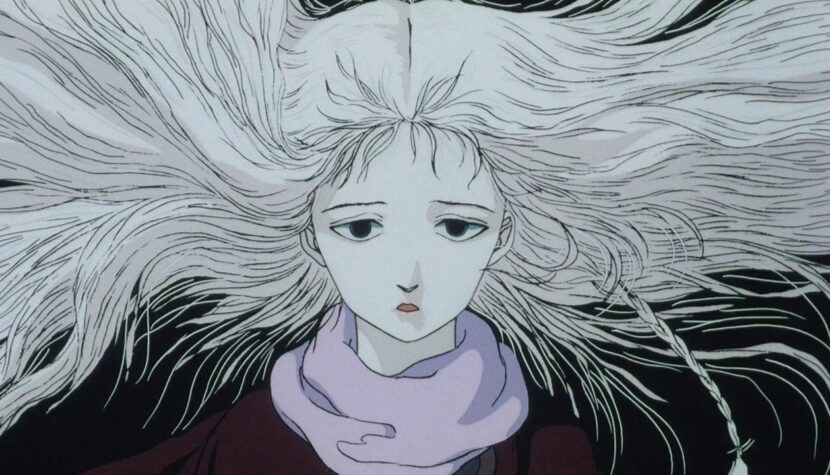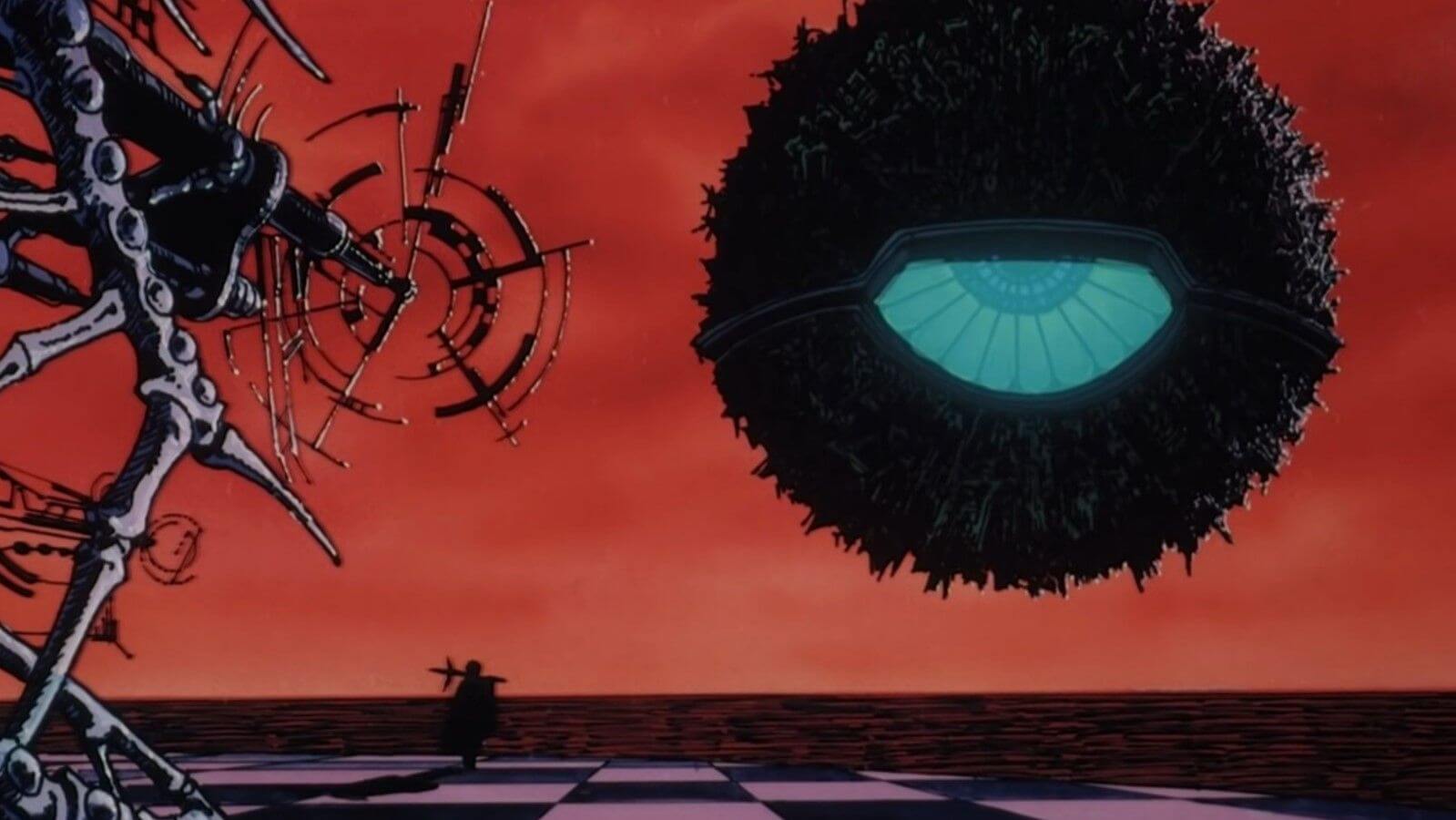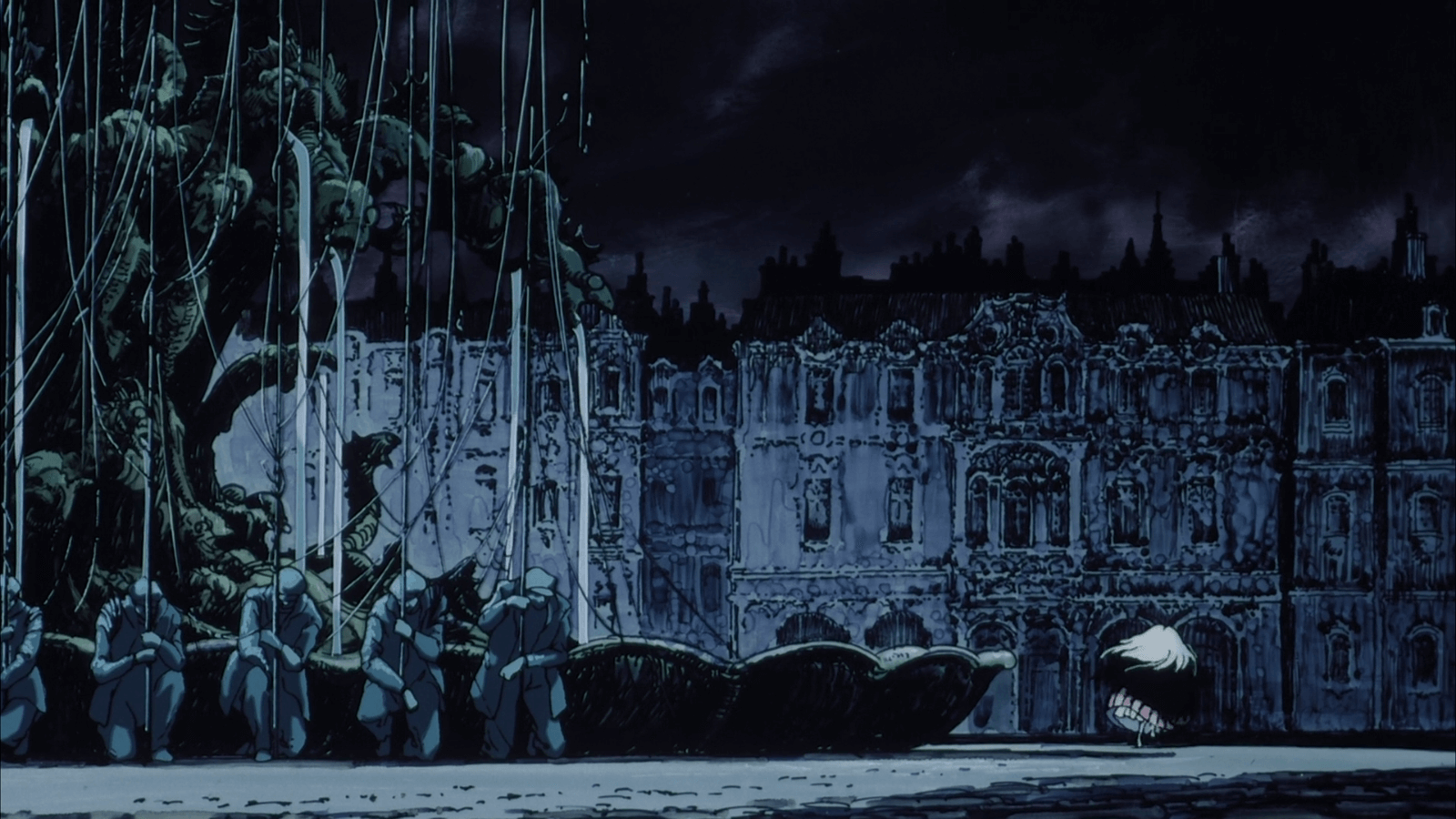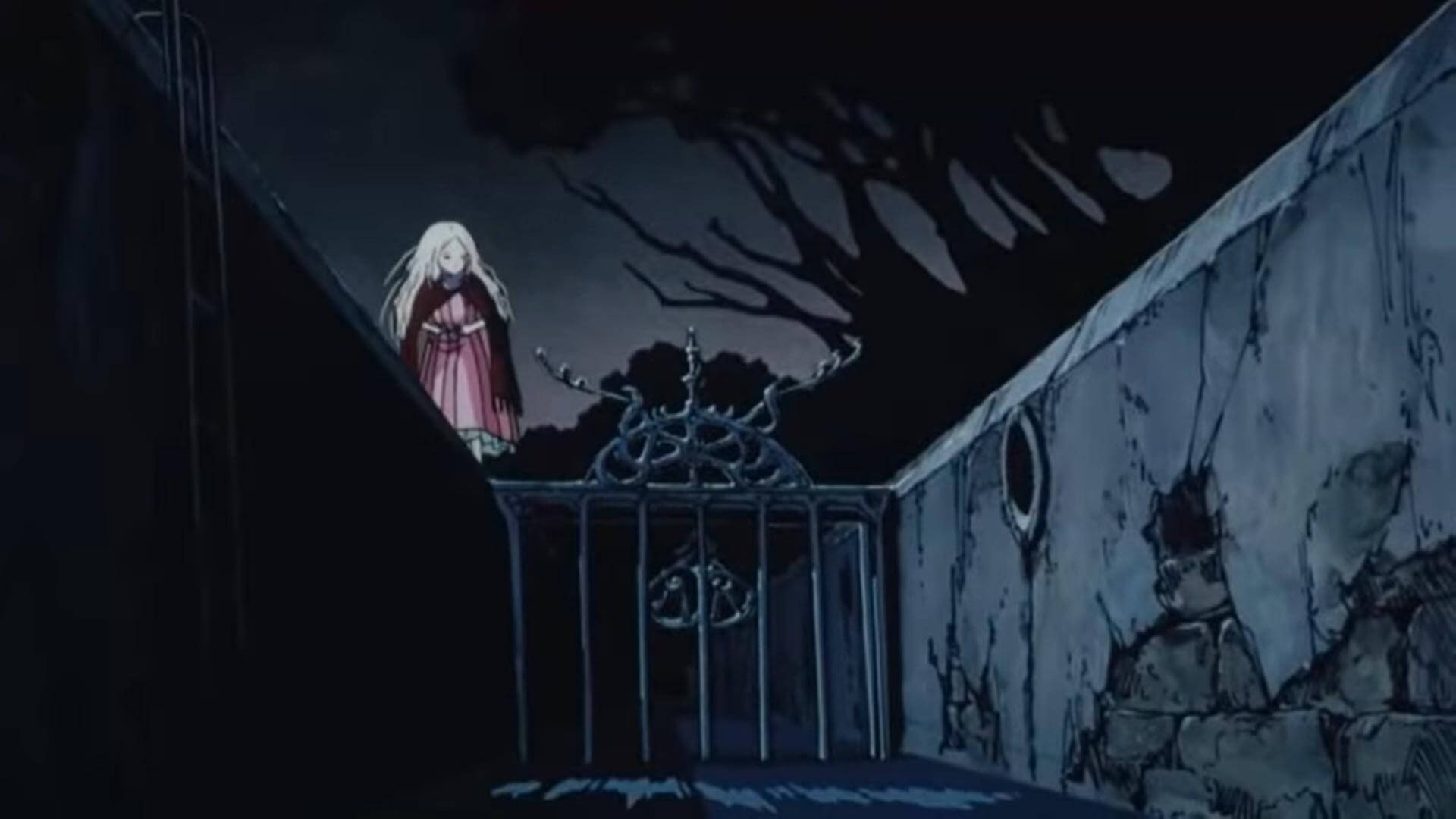Is ANGEL’S EGG anime an underrated, forgotten MASTERPIECE?

There are movies that linger in your mind for a long time, those that with their enigmatic nature persistently occupy your thoughts like an unsolved puzzle. Japanese film Angel’s Egg (Tenshi no tamago) from 1985 is undoubtedly such a movie. Although it’s not for everyone, skeptics of anime works may put their reservations aside. This film, apart from the dialogue, which is minimal to begin with, bears no resemblance to Japanese animation and lacks any of its typical characteristics. It’s more like a classic animated film for adults, shrouded in a dense, dark atmosphere. Within its repetitive, modest frames and even more modest dialogues lies a wealth of meanings, interpretations of which go beyond ordinary engagement with a film.
ANGEL’S EGG – dystopian, surrealistic fairy tale
The director of the anime, Mamoru Oshii, tells a deceptively simple story set in an unsettlingly quiet, post-apocalyptic, gothic world, with its severity reminiscent of grim comic book visions of the future. In this forsaken land, the only living being seems to be a little girl with gray, elderly hair who tenderly cares for a huge egg. On her journey to nowhere, she is joined by a mysterious boy with a face seemingly carved from stone, wielding a cross-shaped sword. His intentions are unknown, but it’s clear that both characters represent different attitudes: the girl – innocent hope, the boy – despair and doubt. The animation from beginning to end maintains a dystopian, surrealistic fairy tale style; enigmatic, ambiguous, devoid of any familiar tropes. Throughout the film, there is a heavy, suffocating, almost Lovecraftian aura of mystery and curse. Since the director almost completely dispenses with dialogues, the images take on the role of the narrator. This leaves the viewer in a challenging position – left alone to interpret the signs, symbols, and signposts appearing on the screen. However, there’s no room for boredom – the visual side of the film is excellent. It perfectly captures an atmosphere of horror and uncertainty, further complemented by a well-chosen soundtrack – at times gentle and fairytale-like, at other times adding to the horror.

Is ANGEL’S EGG Bible-inspired story?
This article’s main goal is to encourage viewers to engage with the work of a Japanese artist, which, I can safely assume, is not very popular. Without revealing details or interpretations, it’s a challenging task. However, to make the text somewhat convincing, I’ll reveal a tiny piece of the mystery. Without this, Angel’s Egg will be just a simple story about a girl and a boy wandering through a desolate, barren land. However, Mamoru Oshii had much more to convey. And it’s worth starting with him because, as it turns out, the director’s biography sheds interesting light on his enigmatic work. The creator of works like Ghost in the Shell spent many years of his life studying the Bible, which in Japan still seems like an exotic work. Inspirations from Christianity are evident in the anime; the film is practically brimming with dense, heavy religious symbolism, and the famous story of Noah’s Ark becomes a significant interpretive key to Angel’s Egg. Without revealing too much, at a certain point in the film, the boy begins to contemplate the endurance of human memory, based on the story of Noah. Noah, who waited in vain for the dove’s return, eventually forgetting what he was actually waiting for. His faith was never rewarded. When combined with the recurring motif of a bird in the film, one cannot help but feel that the world created by Oshii is a world where the dove never returned. The boy also doesn’t rule out that both he and the girl could just as well be the imagination of someone long deceased.

Faithless
Interestingly, the creator himself admitted that work on the film began after he lost faith. This fact completely changes the perception of the work. Angel’s Egg is not a religiously exalted, praising work; on the contrary, it should be perceived as an attempt to ultimately grapple with faith. Or an attempt to understand the world without God. It’s possible that Angel’s Egg is nothing more than a visualization of the creator’s existential crisis. A cry after losing something exceptional, while coming to terms with the fact that this something never existed. With each attempt at interpretation, the anime becomes a visually intriguing treatise on existentialism and the validity of faith. The director leaves ample room for the viewer to interpret, and he himself believes that every attempt to interpret his film is true and rational. There are many ways to interpret it, even extreme ones—this nihilistic interpretation where the boy prevails, or the one where the girl prevails, and her unwavering faith is rewarded. Anyone who believes that cinema is meant to be read between the lines should watch this Japanese work.

Angel’s Egg is watched as if in a single breath, in a semi-sleep, in lethargy. Only the final scene triggers a chain reaction of reflective contemplations, from which it becomes clear that everything that seemed to make no sense before now comes together into a coherent whole. The last moments of the animation leave a brief, painful sting. There are films that stay with you for a long time. There are films that linger in your memory for much longer. Perhaps Angel’s Egg belongs to such films. Due to its ambiguity, philosophical depth, and ambition, this animation has never been, nor will it ever be, as popular as other works by Mamoru Oshii or classic anime productions. However, this only strengthens my belief that it’s worth personally engaging with this film and interpreting it in your own way. As for the question in the title of the article, you should answer it for yourself.


